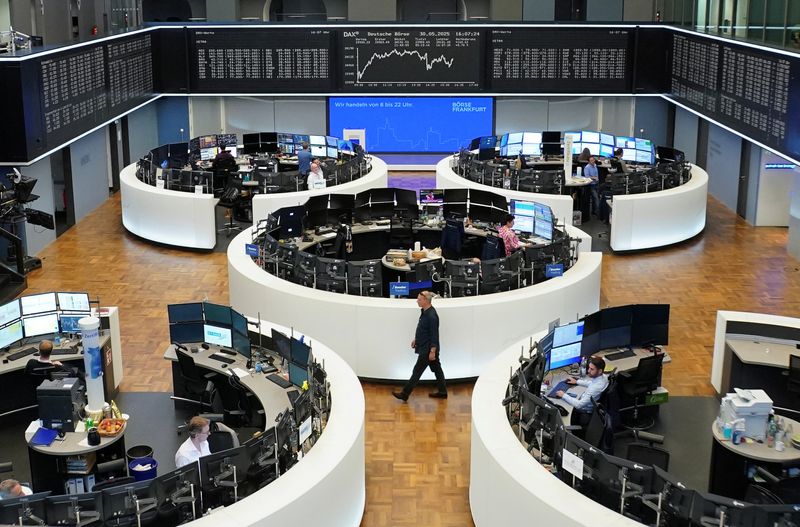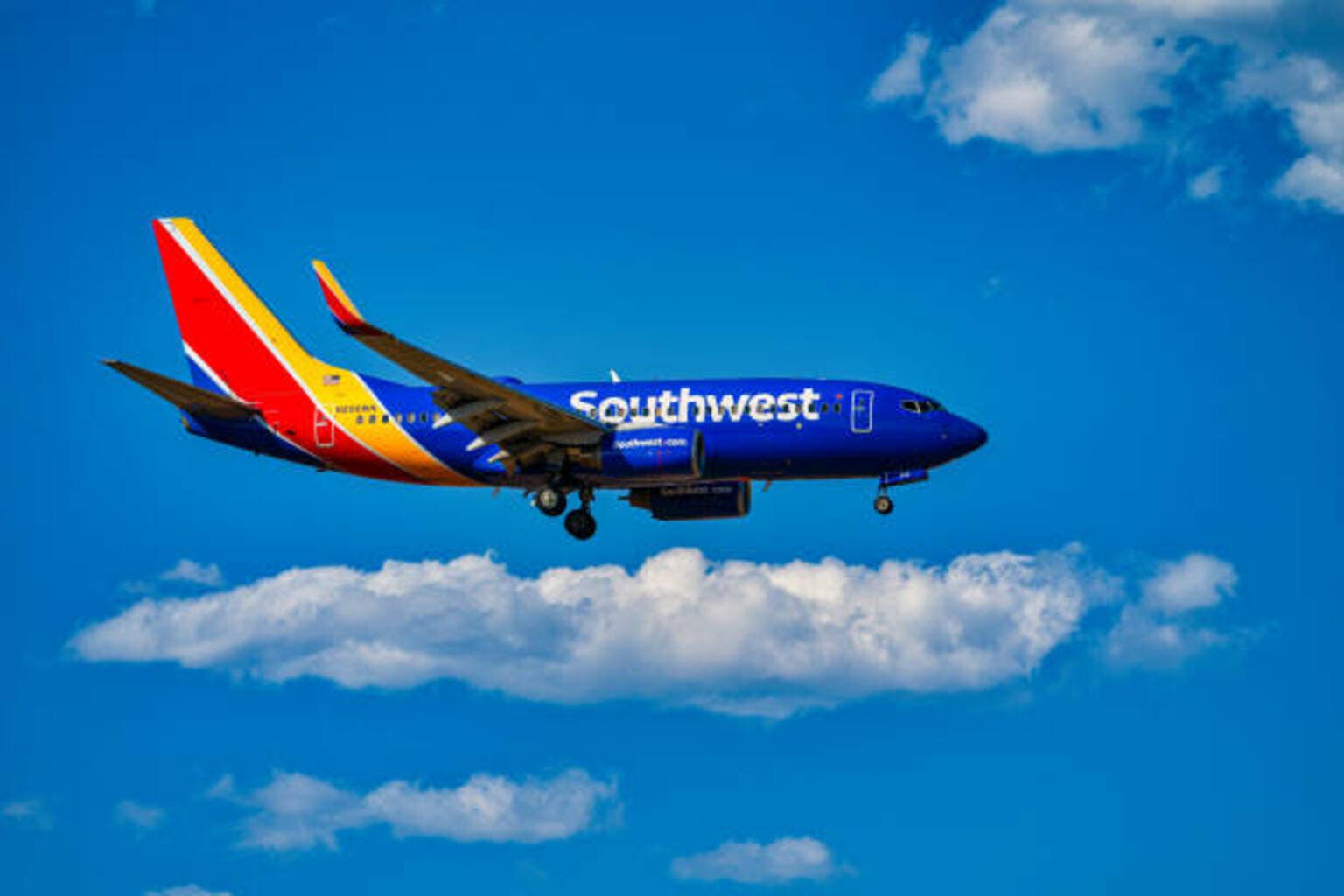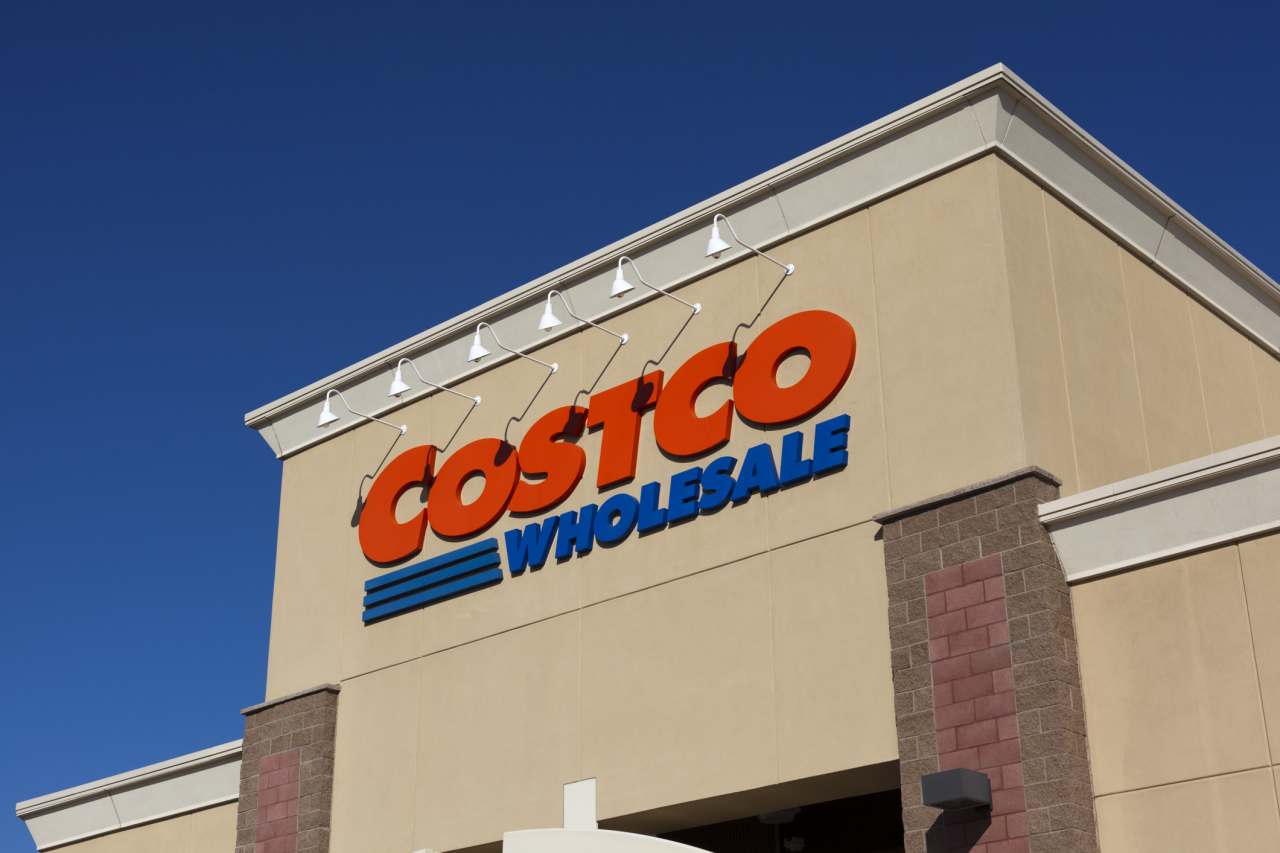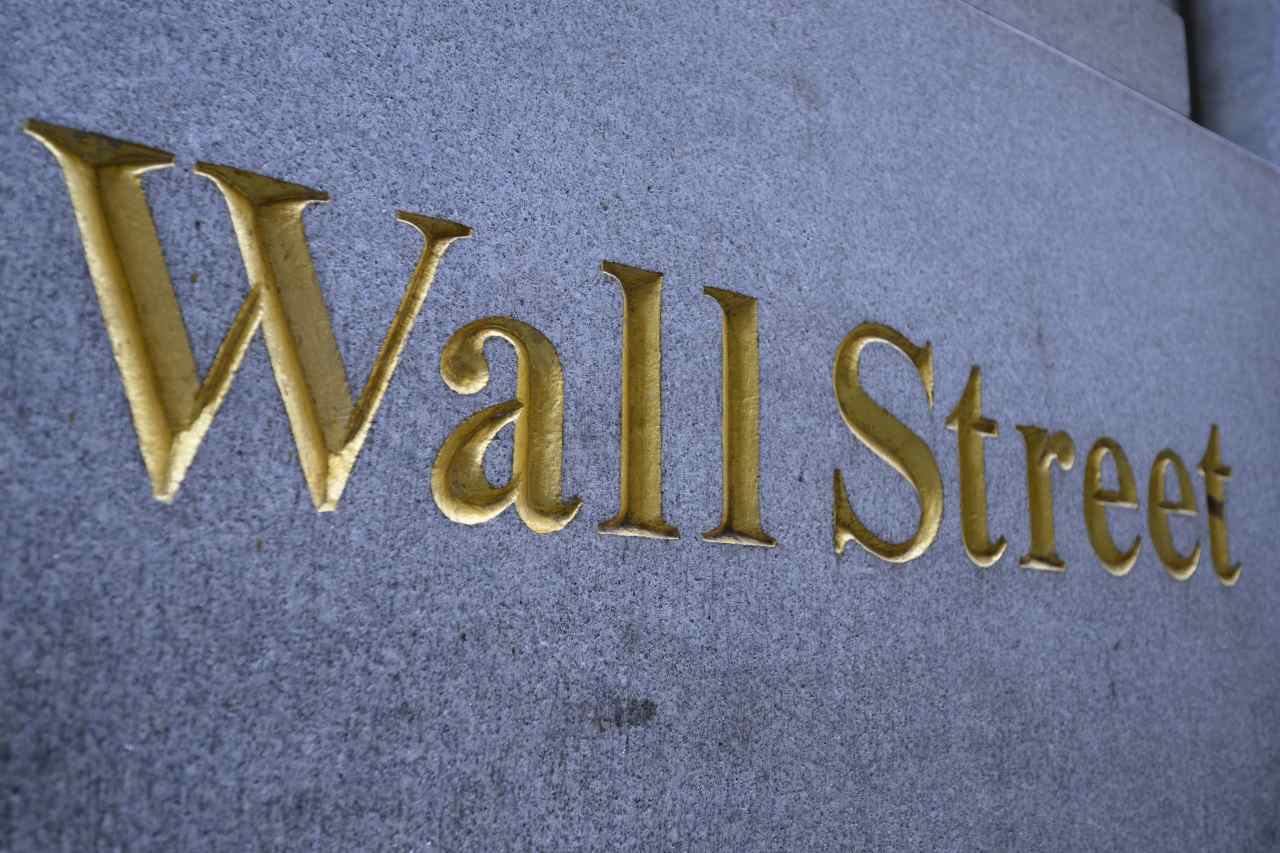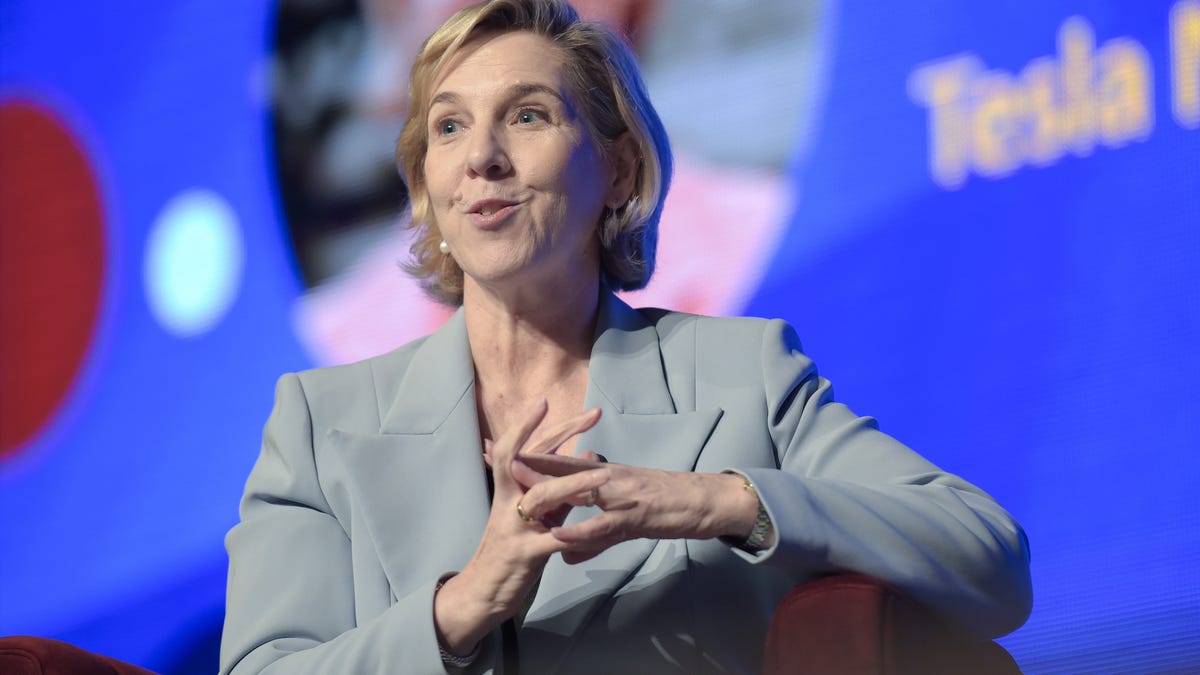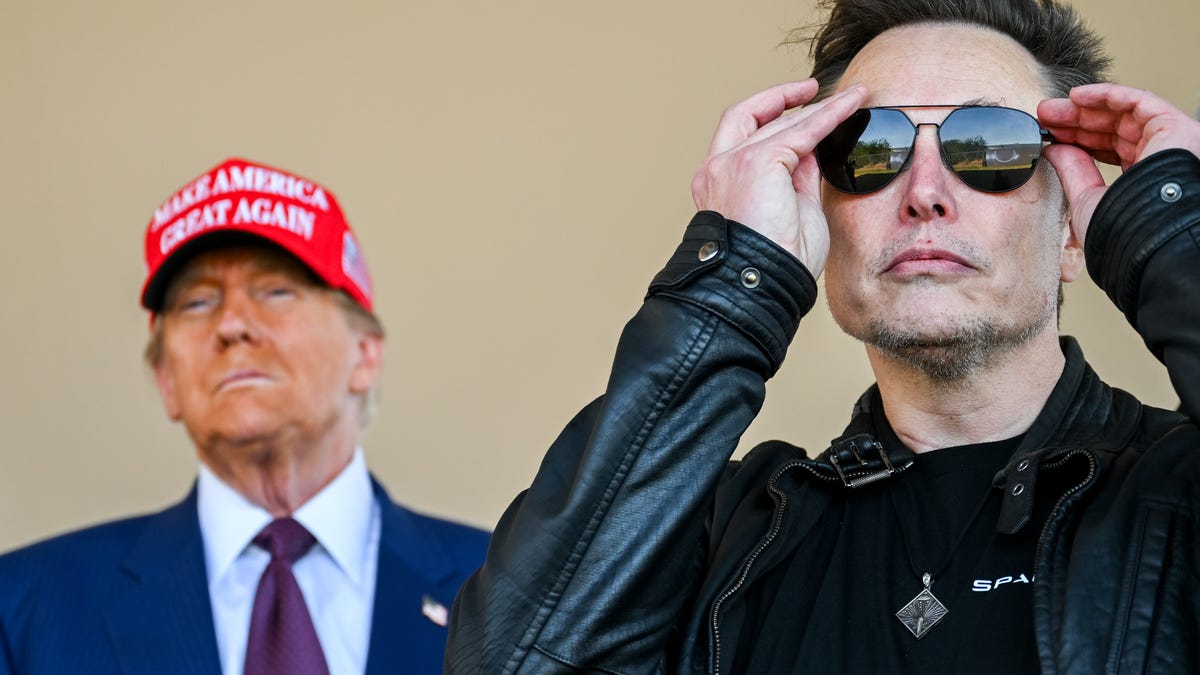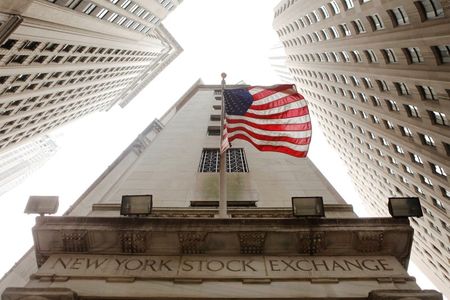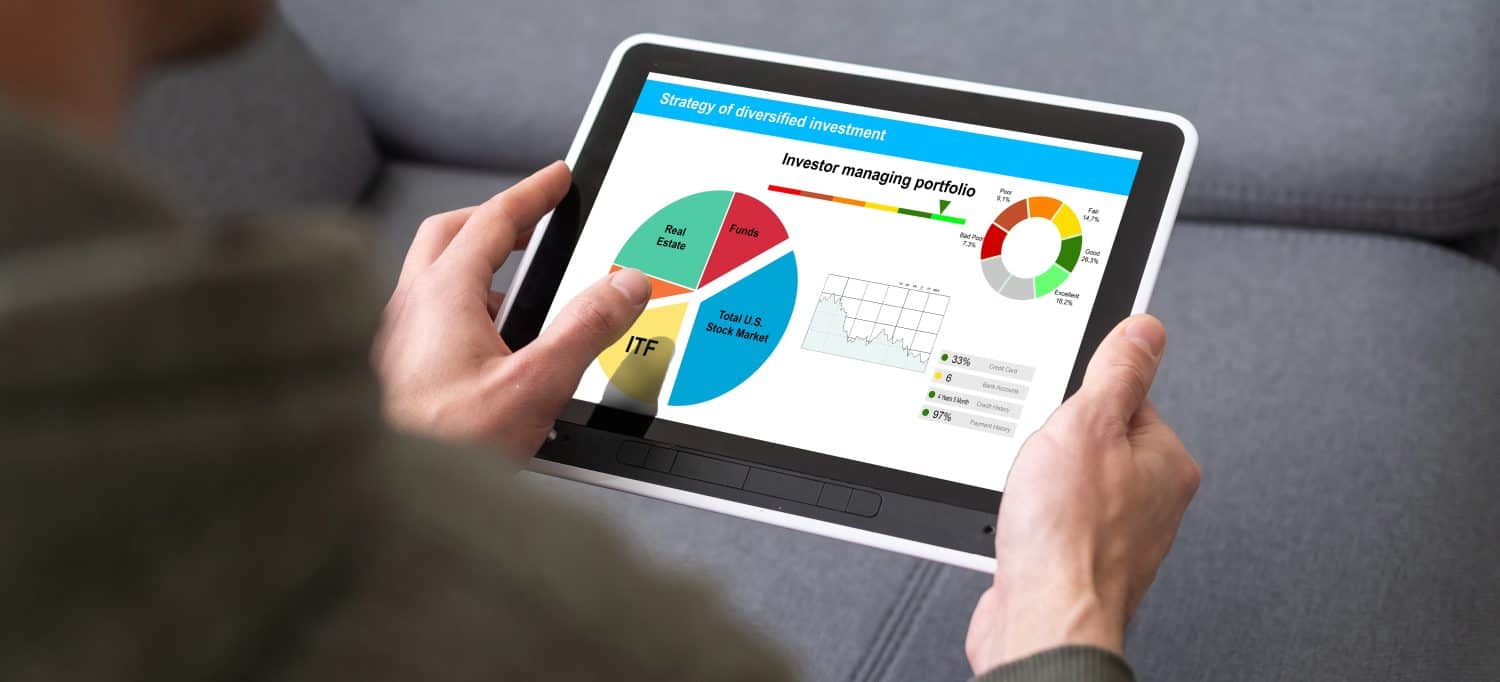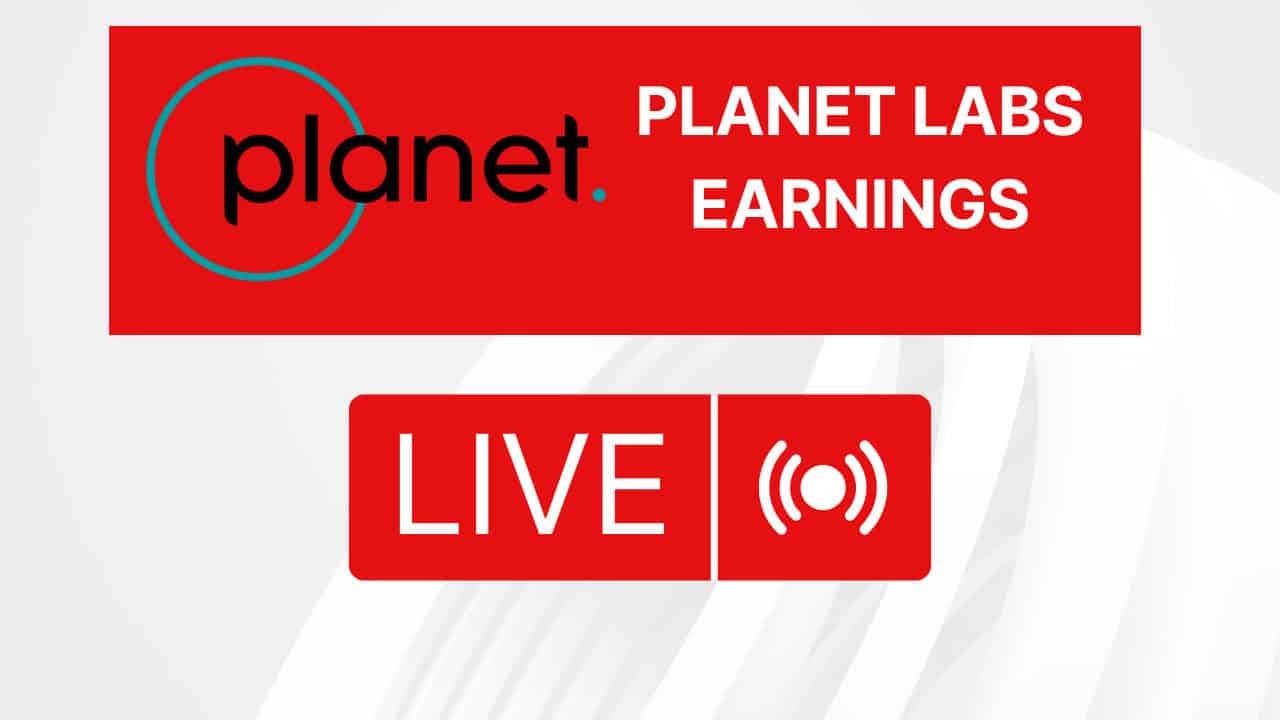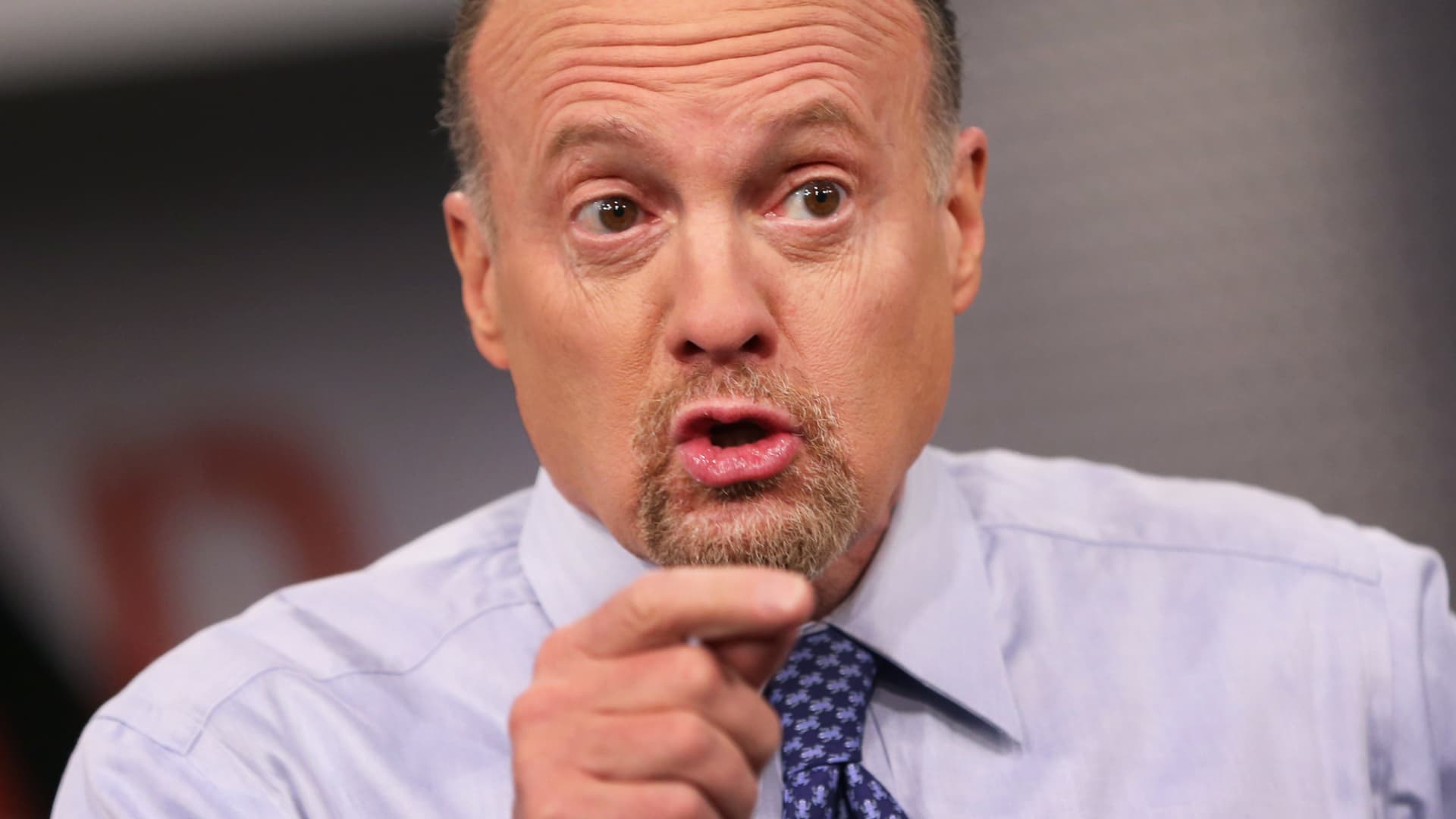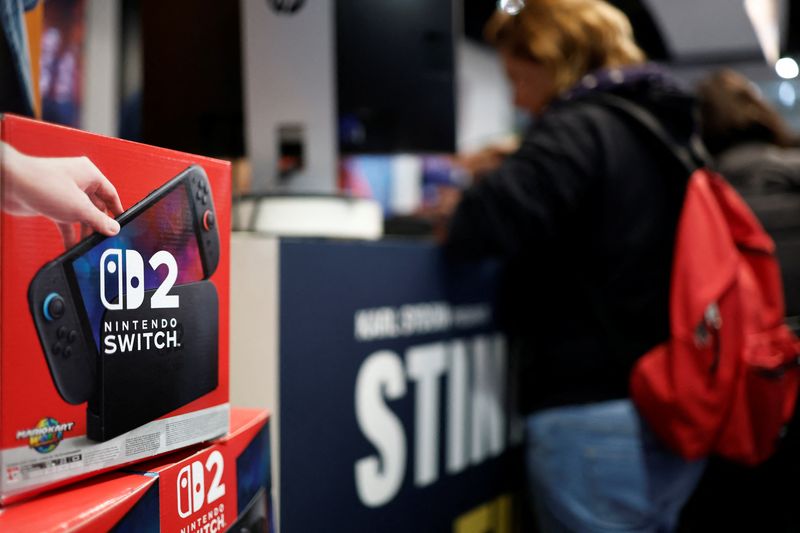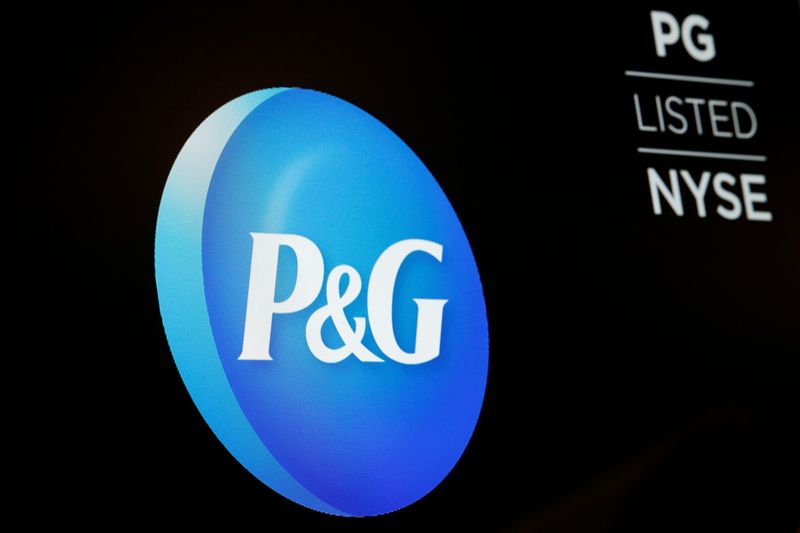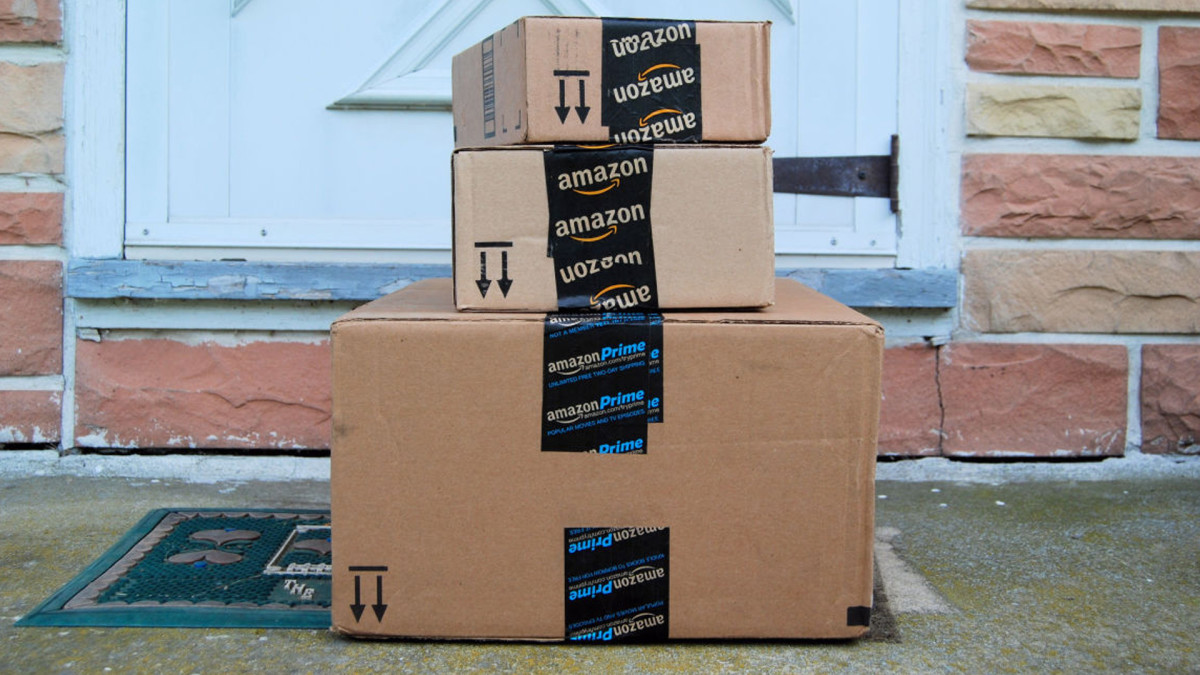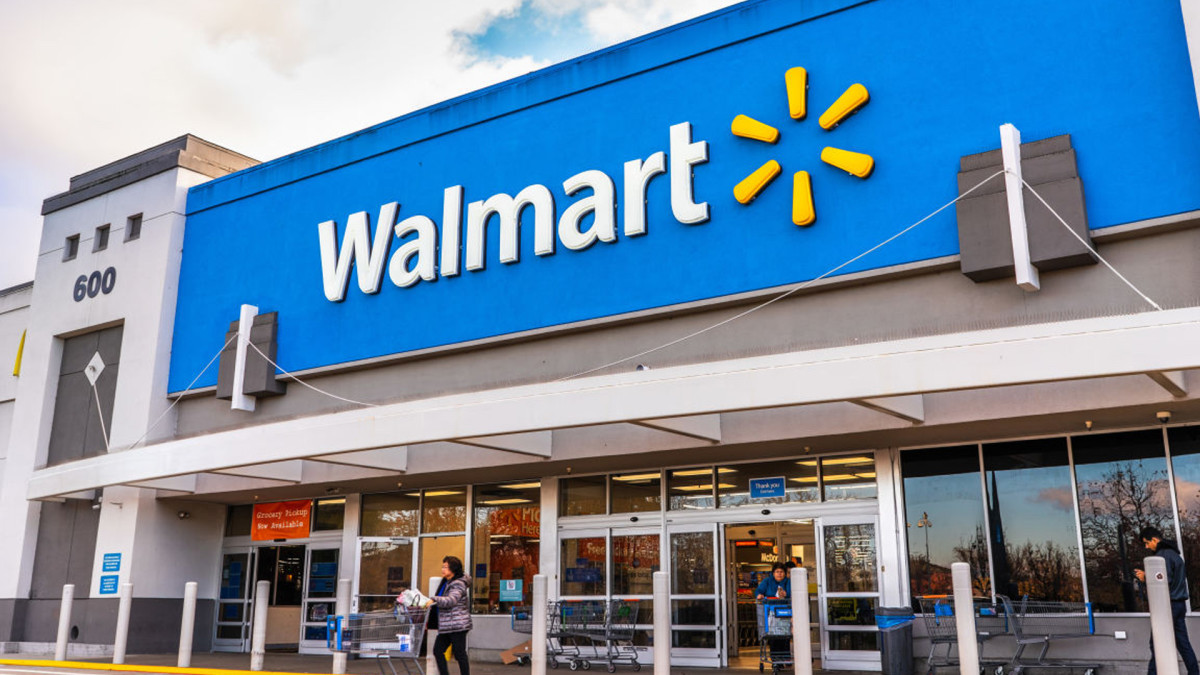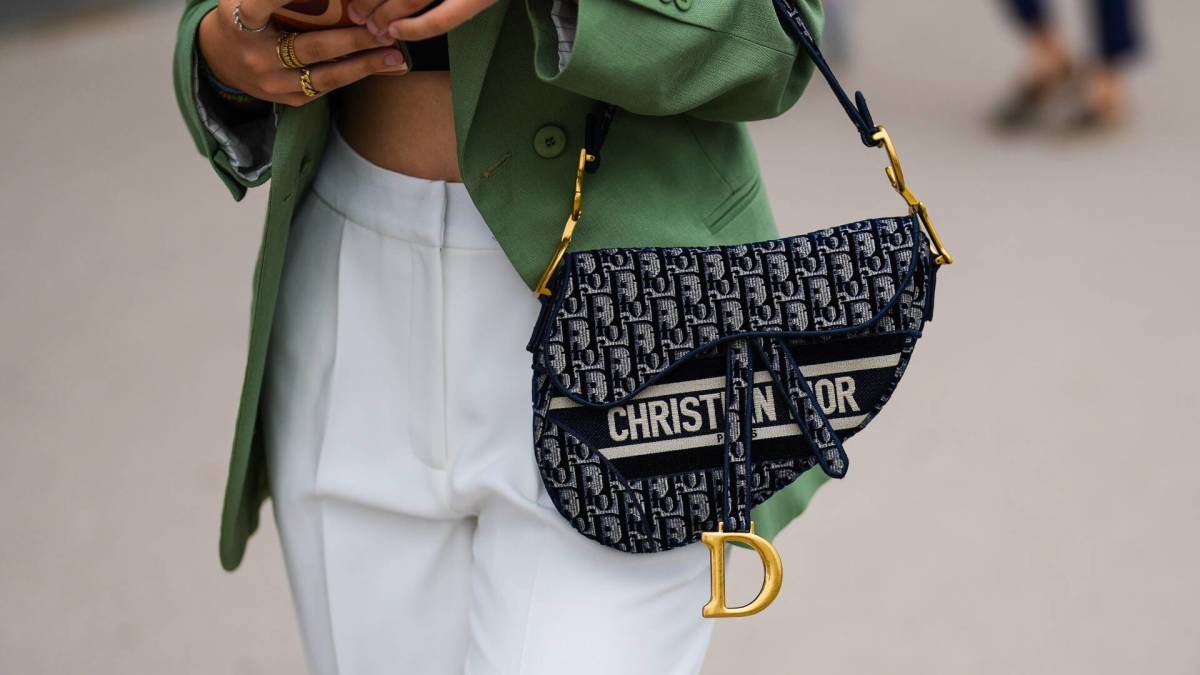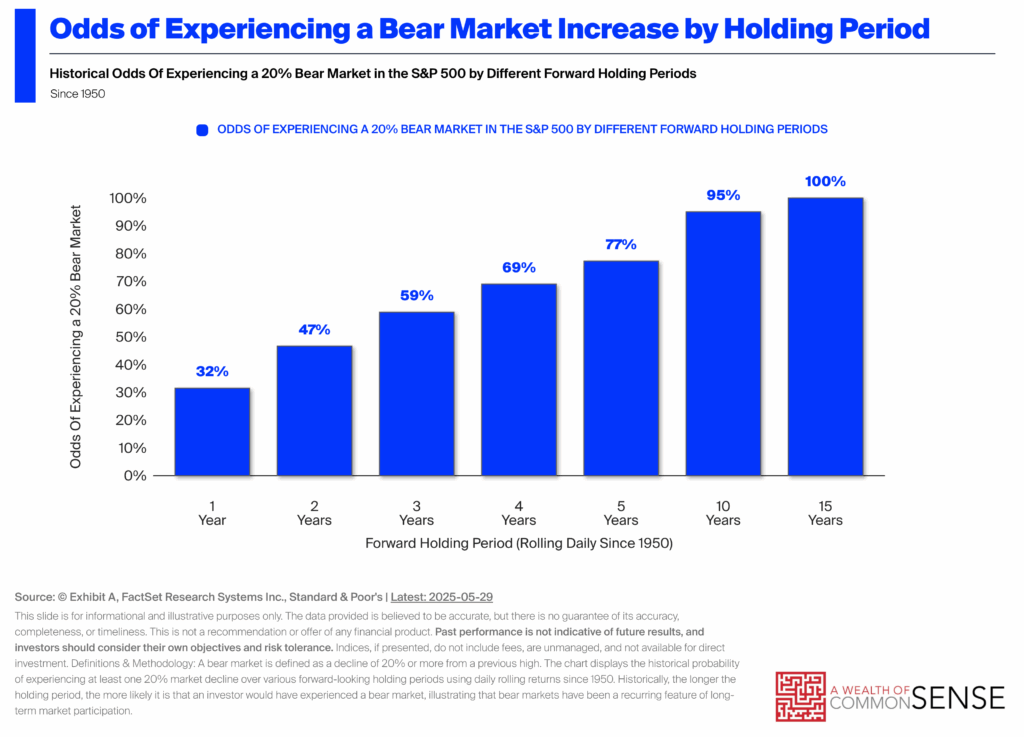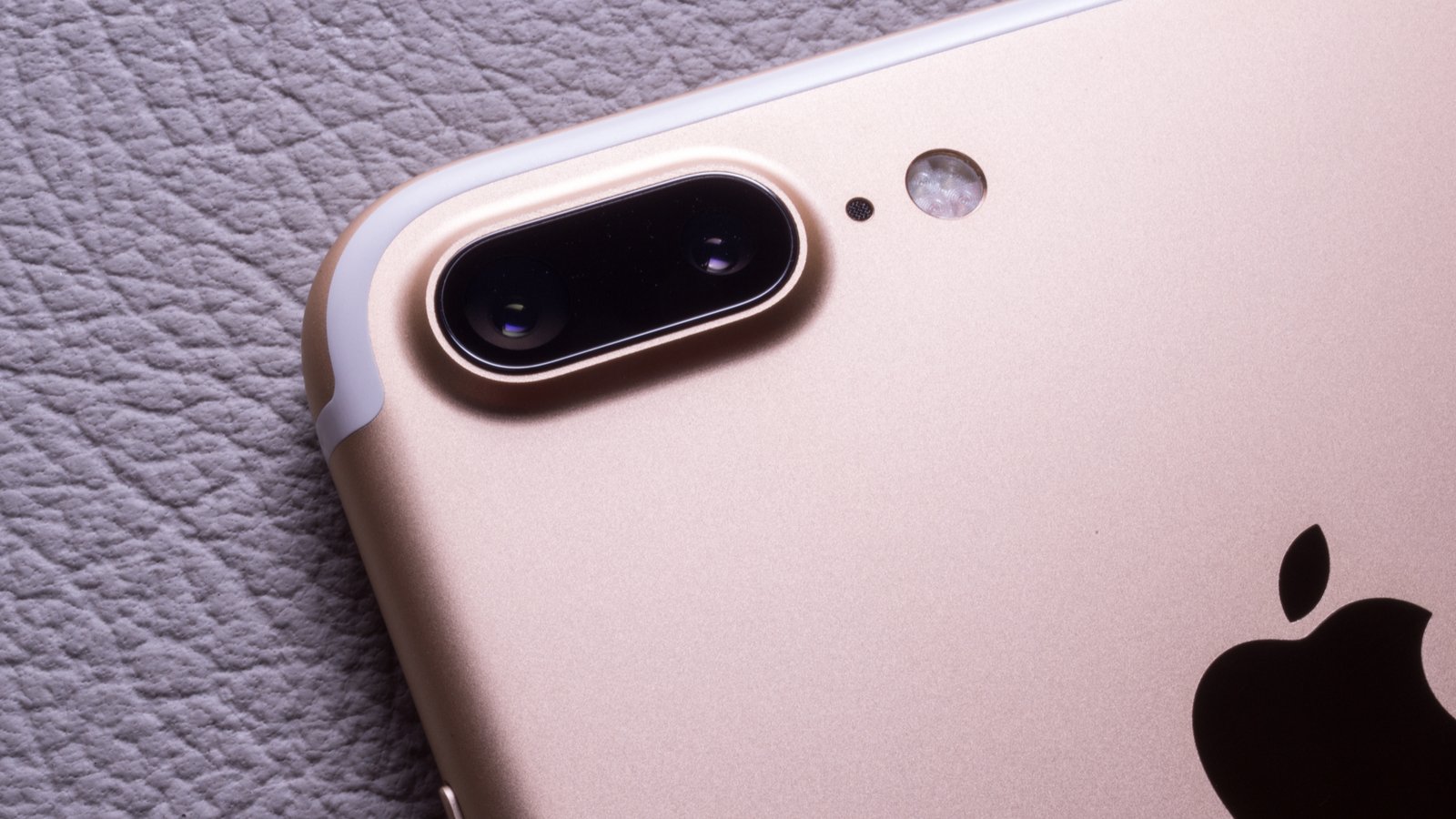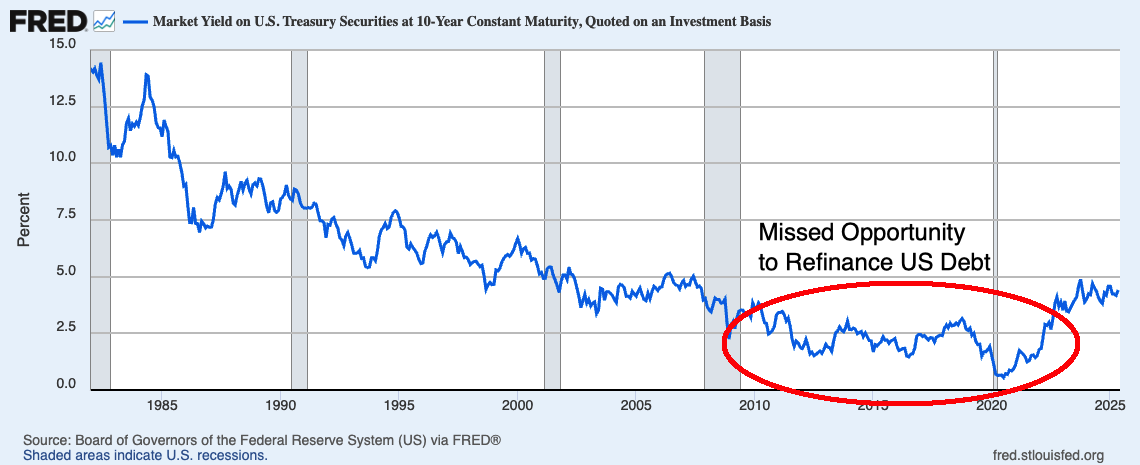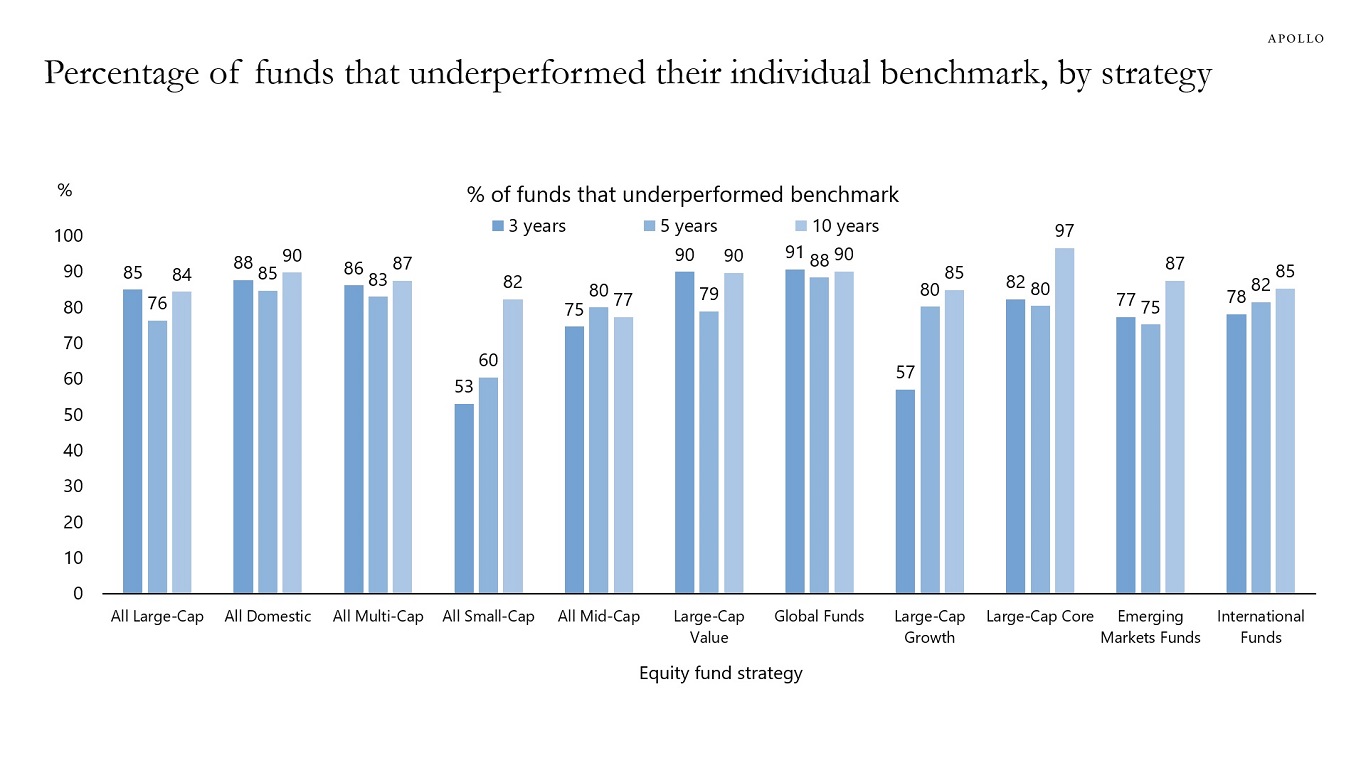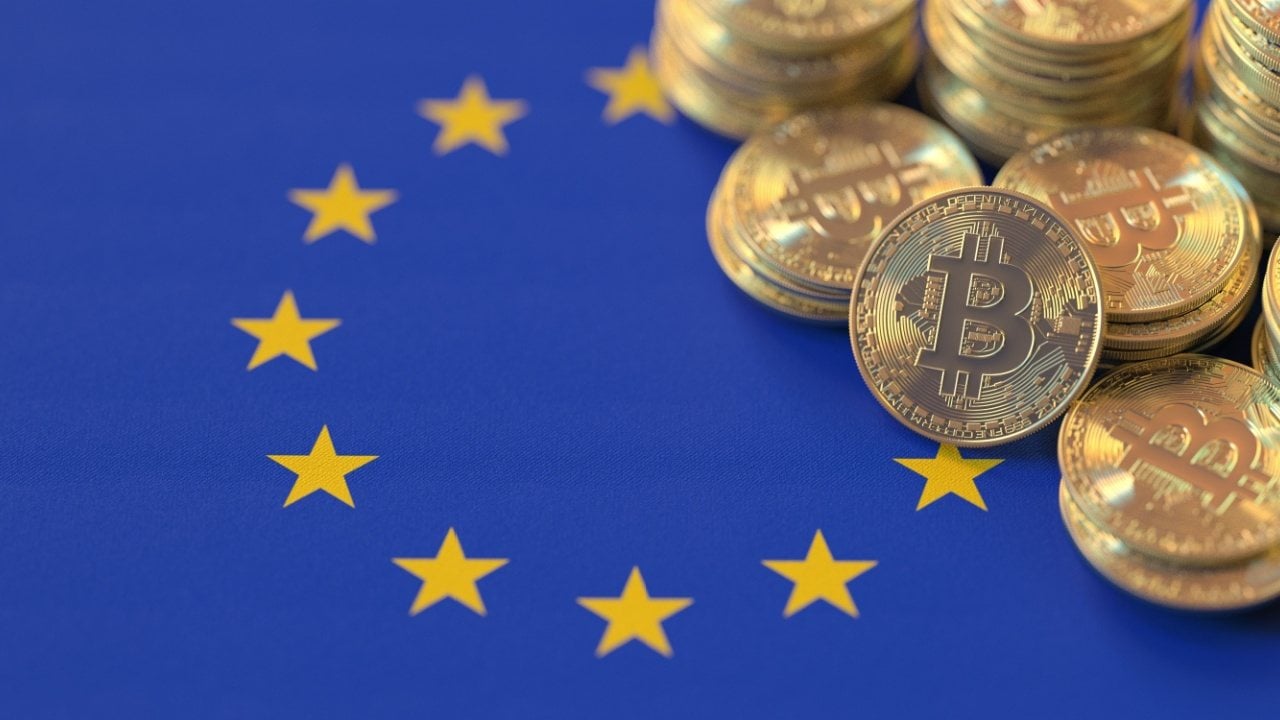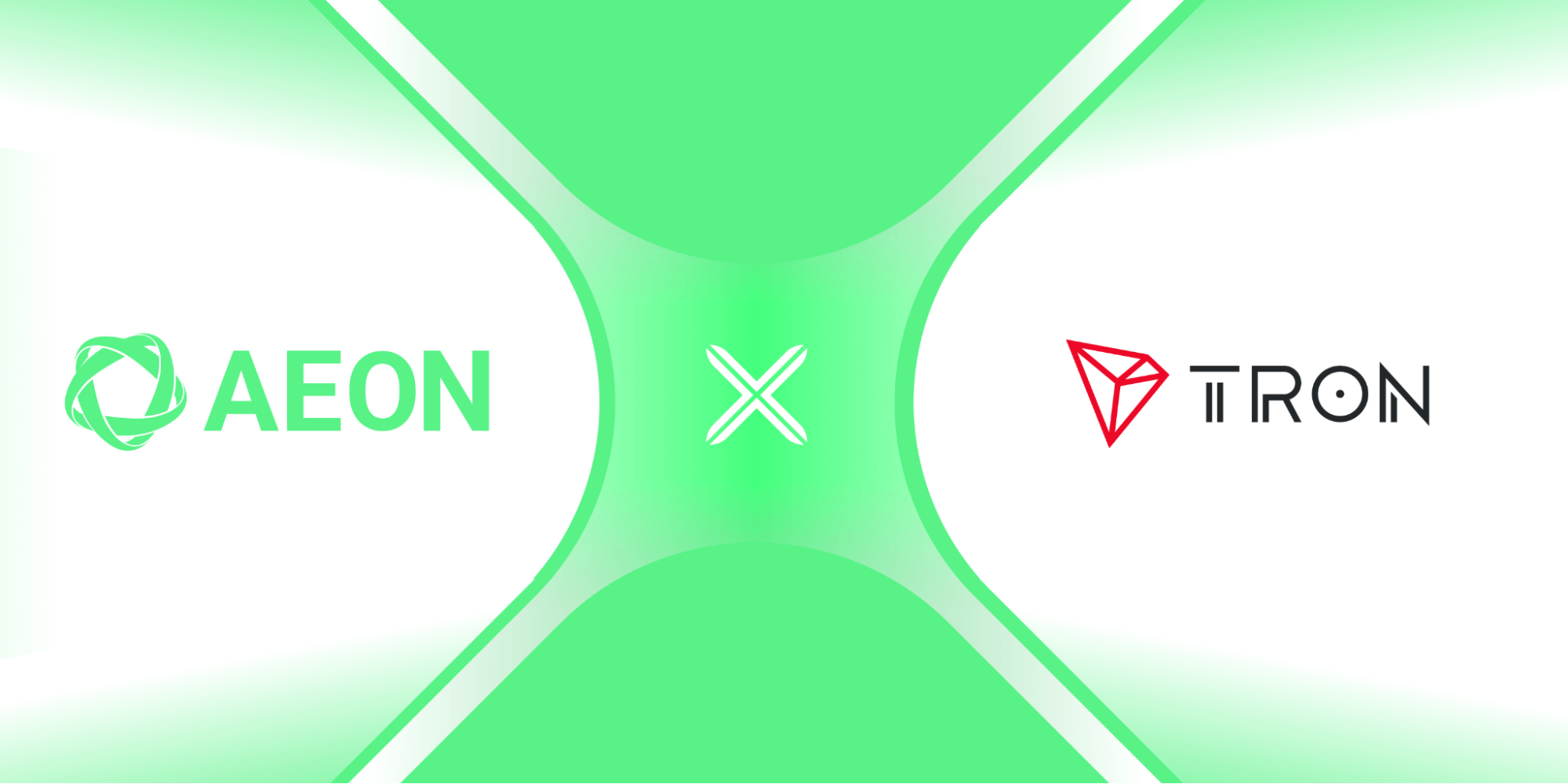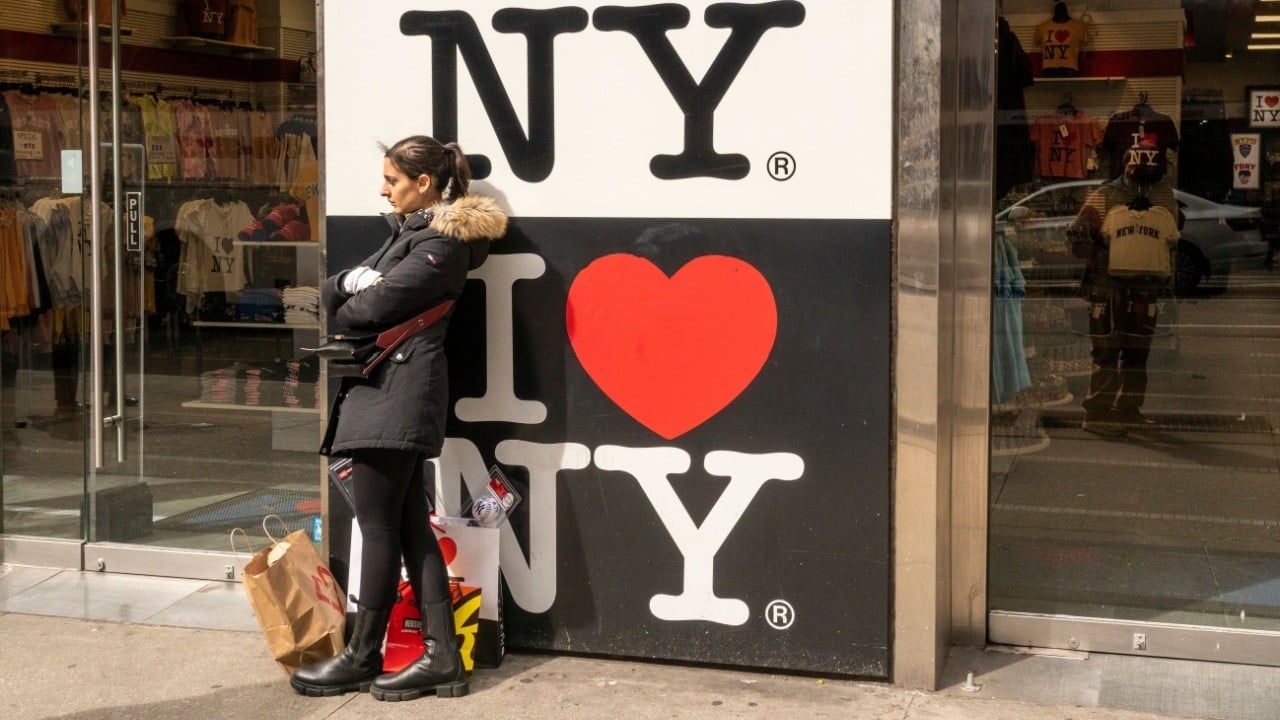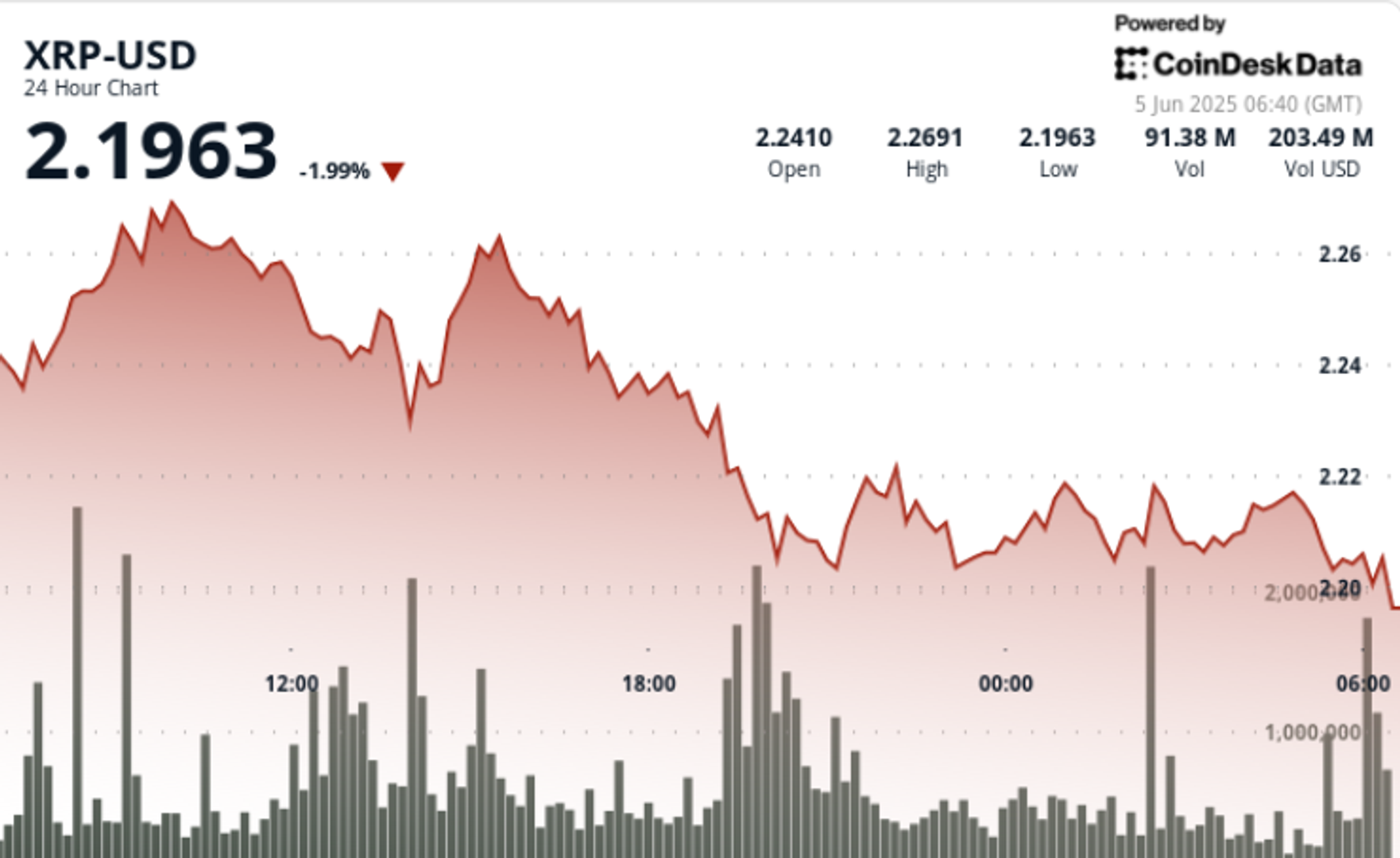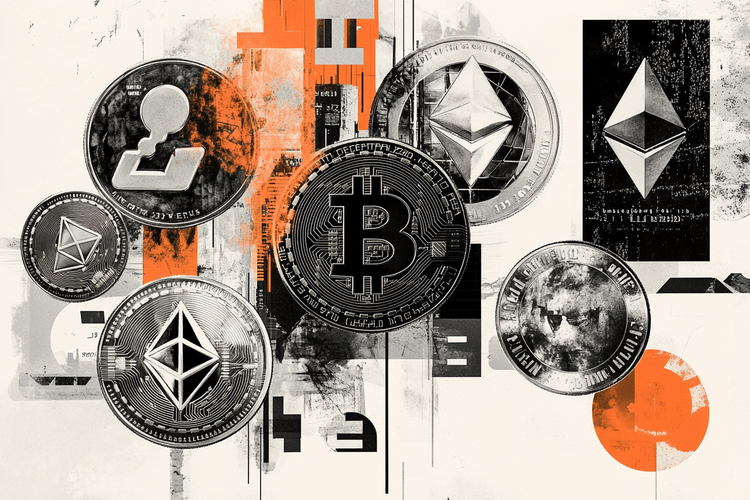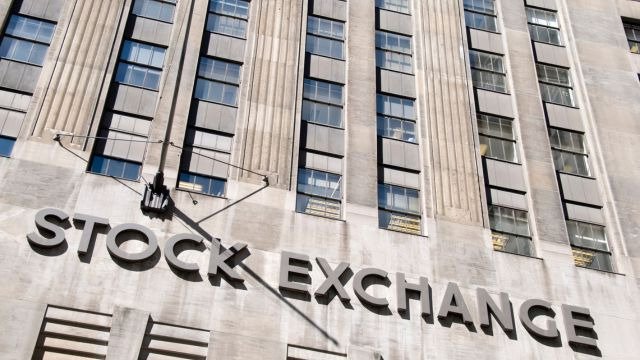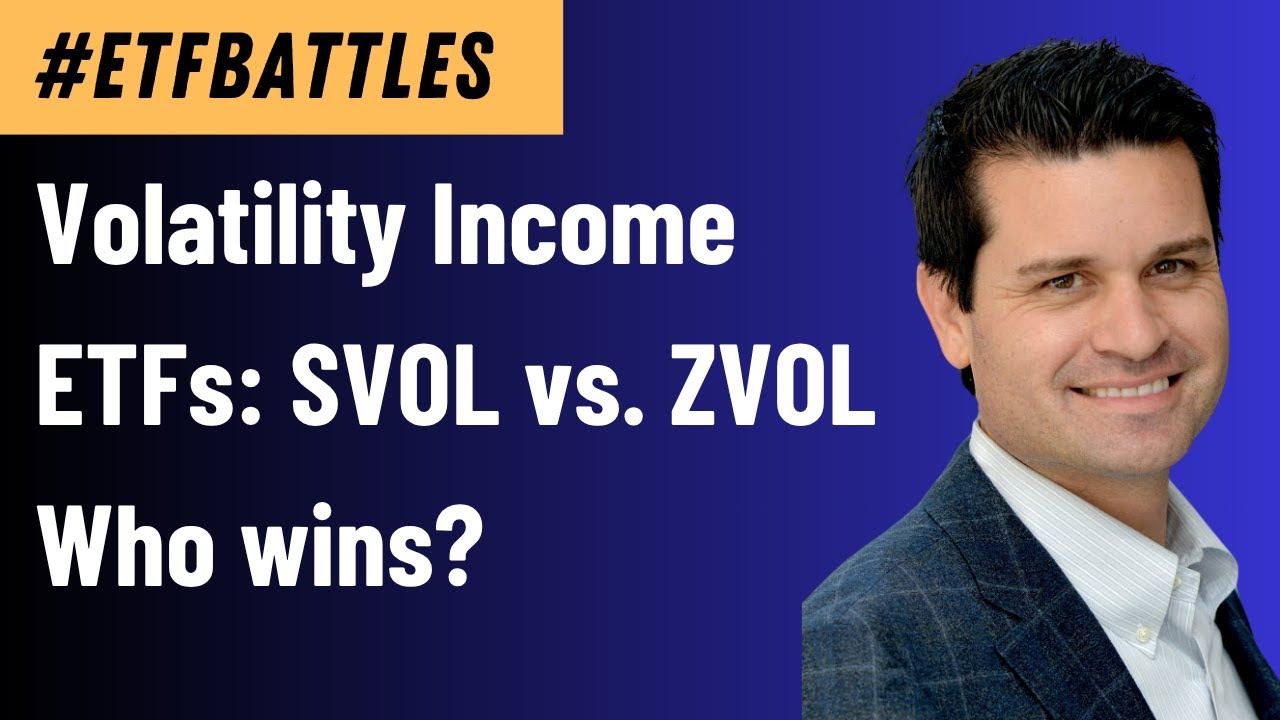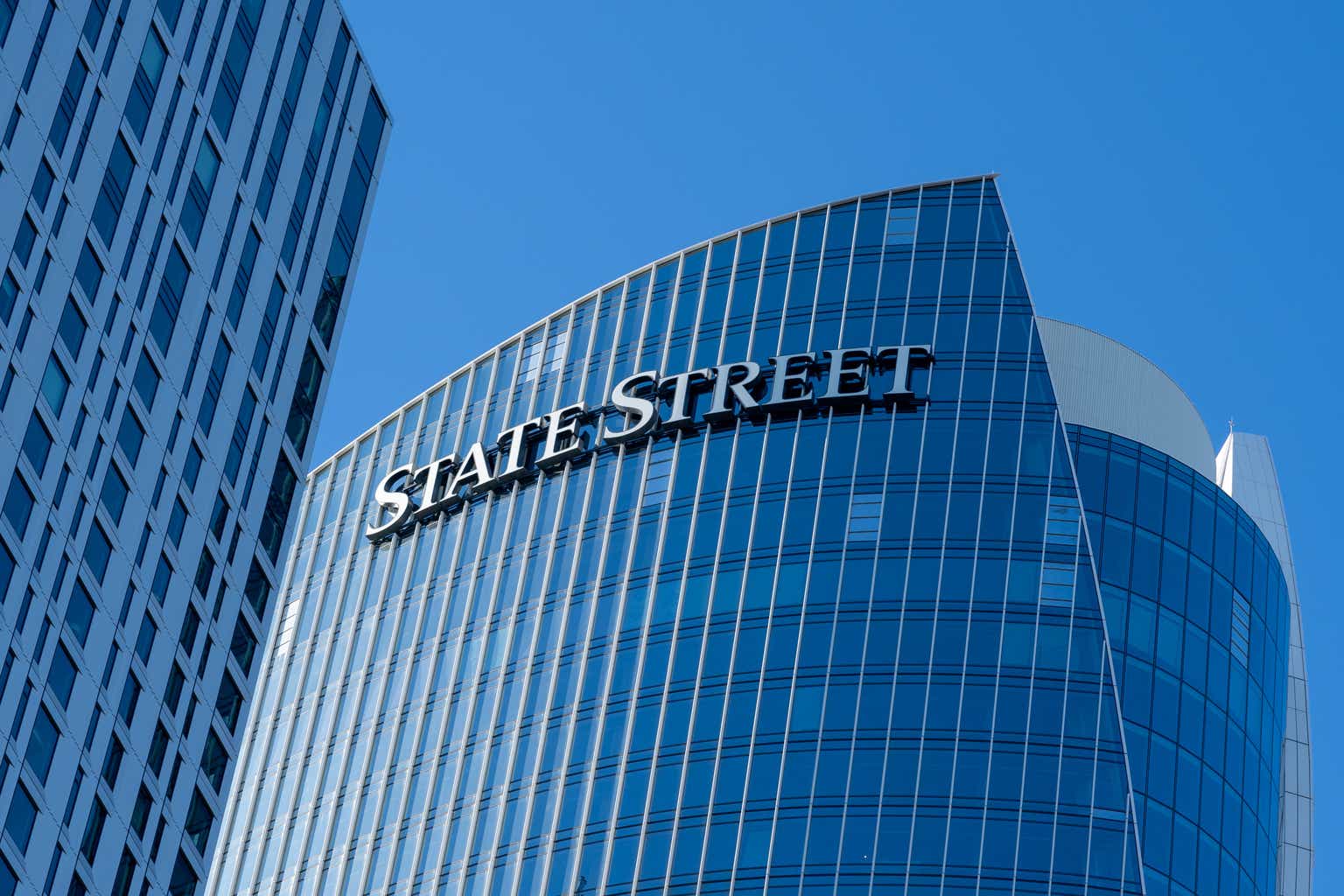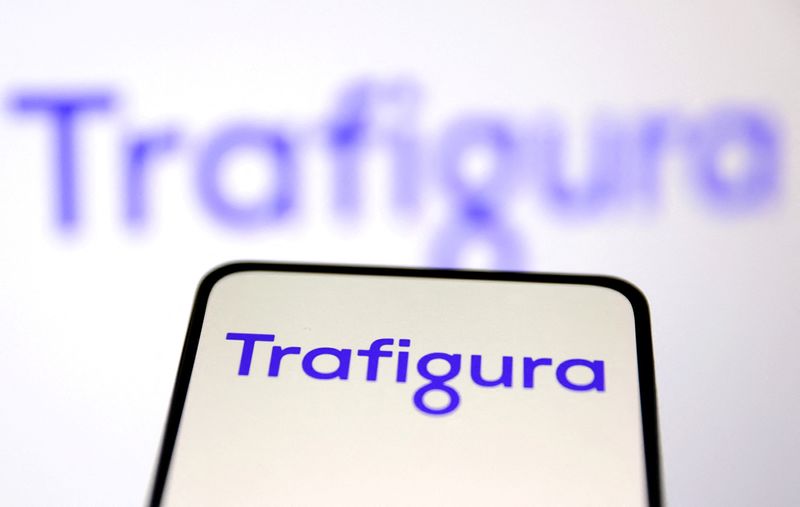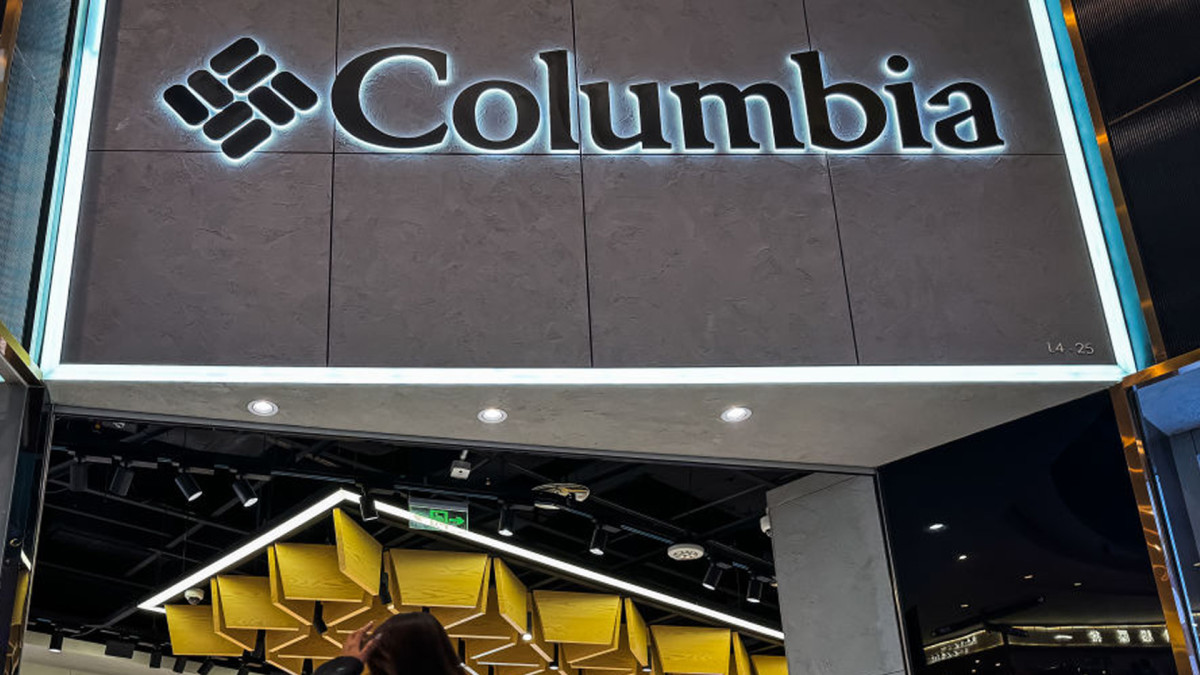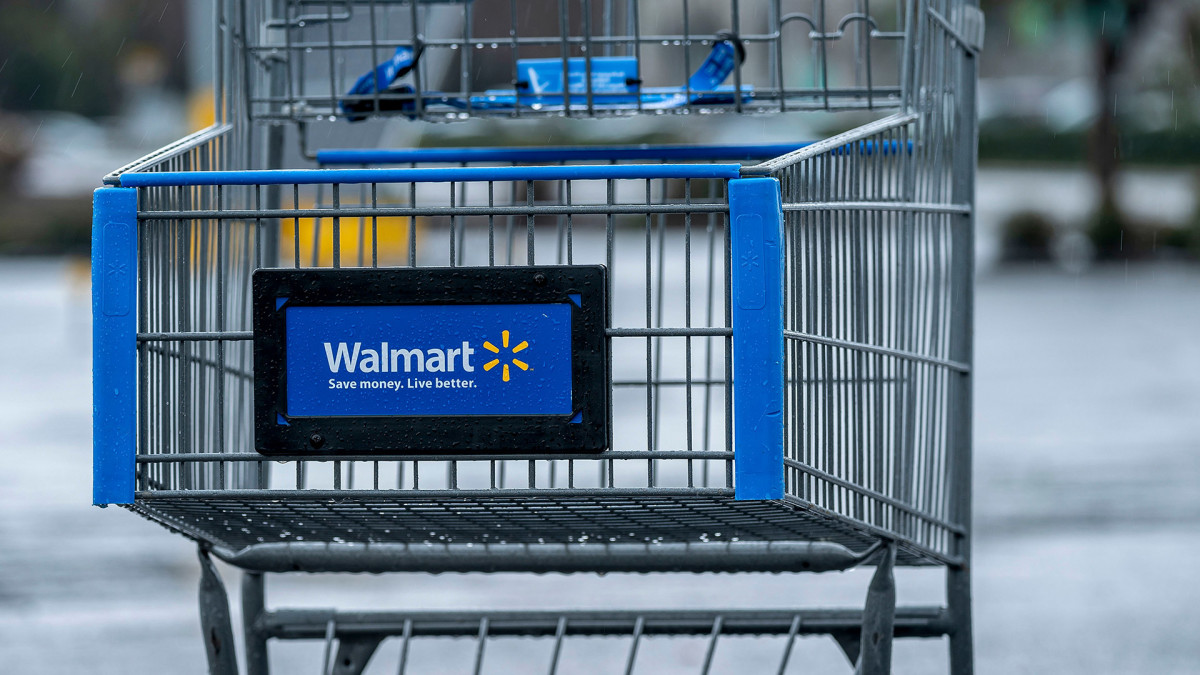Target struggles to stop spiral amid customer backlash
A wave of customer discontent is pushing Target into dangerous territory
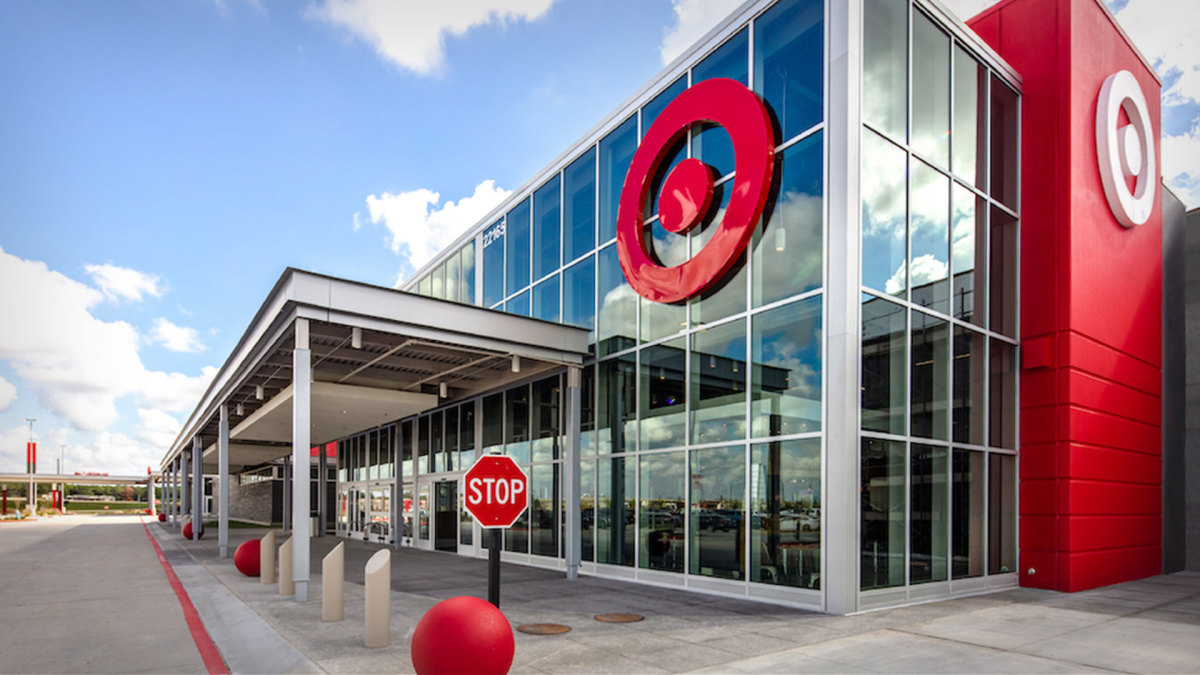
It’s June, which usually means rainbows on store shelves and brand campaigns celebrating Pride Month.
But this year, Target (TGT) customers noticed something very different.
According to X and Reddit users, instead of its typical front-and-center Pride displays, the retailer’s stores are now covered in red, white, and blue with patriotic gear, American flag-themed decor, and USA-branded merchandise.
Depending on the store, some users have noted that Pride sections do exist—but they’re minimal, hard to find, or noticeably scaled back compared to previous years.
Reddit user u/aiemmaes posted a photo with placeholder "lorem ipsum" text on product hang tags, saying “They didn’t finish editing the tags on the pride merch.”
Related: Amid DEI controversy, Target makes a surprising move
Users say Target looks like it’s attempting to pivot—but doing it nervously, with one foot still stuck in the past.
Many described the display as a rushed attempt to back away from Pride merchandising while still trying to avoid upsetting either side of the cultural divide.
The thread, shared in r/Target, sparked hundreds of upvotes and comments, many from Target employees and customers alike, confused by the mixed signals.
The move has reignited backlash from both sides. Some see it as Target abandoning its values and community commitments, while others are praising the company for spotlighting patriotism instead.
But beyond the social firestorm, the deeper issue is this: Target is stuck between what it once was and what it’s trying to be now, and neither side is buying it.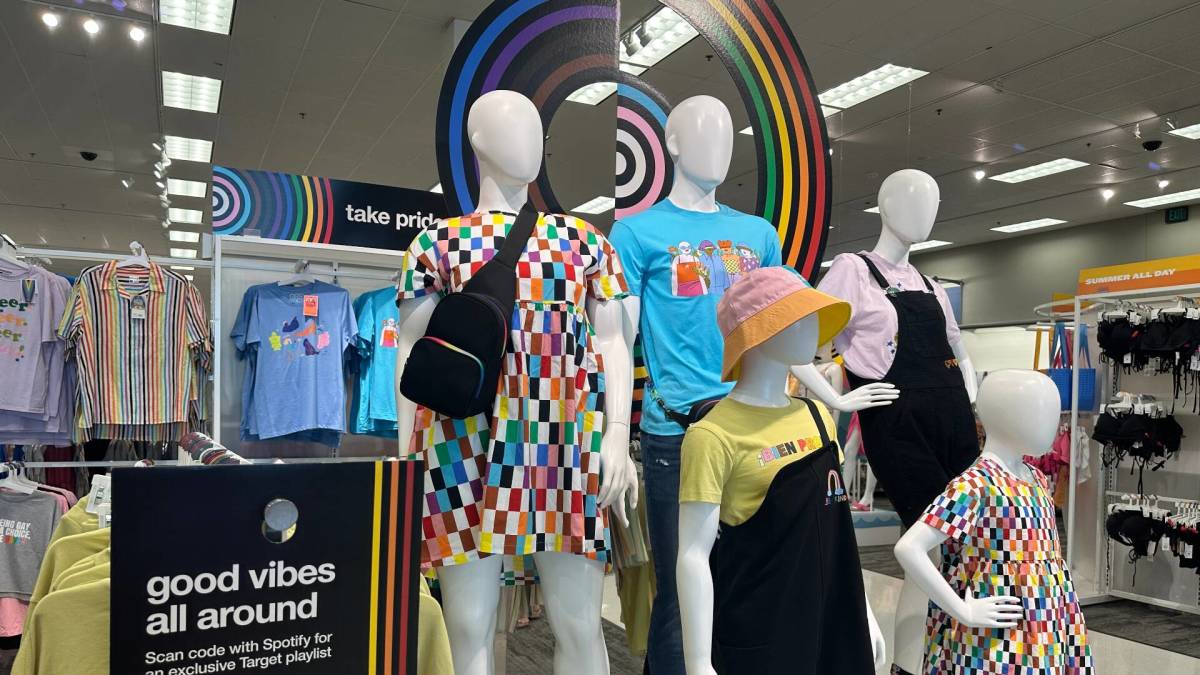
Target tries to reset its identity
Target’s struggle isn’t new—it just keeps compounding.
Based on the 2025 Q1 earnings report, the retailer showed a 3.1% drop in merchandise sales and a 3.8% decline in comparable store sales.
According to Retail Dive, even once-promising shop-in-shop partnerships like Ulta are now being quietly paused. Yet another red flag for a company still searching for stability.
Internally, CEO Brian Cornell has attempted to reassure employees that Target remains the same inclusive, guest-focused company it’s always been...but many remain unconvinced.
Outside those walls, the confidence isn’t there either.
Target has launched a major strategic overhaul—revamping private-label brands, rolling out exclusive partnerships, and pushing a new merchandising playbook.
Related: Target claims big win with self-checkout changes
It’s even meeting with high-profile activists to address DEI concerns that have become a flashpoint since 2023.
But the changes may be too little, too late.
A recent Instagram post from creator @theonecalledjai shared a bold graphic urging a boycott of Target from June 3–9, stating, “Enough is Enough. Shop Anywhere Else!!!!”
This reflects growing frustration from left-leaning customers who feel betrayed by Target’s DEI retreat, and it quickly drew support from others echoing the same message.
Customers remain frustrated. Analysts are skeptical. And competitors are gaining ground quickly, thanks in part to a stronger grocery mix and less political heat.
Despite its efforts, Target’s image reset is still shaky at best. And time is running out.
Can Target stop the downward spiral?
Target was once the retailer that got it right—stylish private labels, a sleek in-store experience, and bold messaging that resonated with younger, progressive shoppers.
For years, it played the part of the “cool” big-box store, standing apart from more utilitarian rivals like Walmart.
Now, that very identity seems to be unraveling.
Over the past few years, the very things that once set Target apart have started working against it. What used to feel fresh and forward-thinking now risks alienating shoppers on both sides of the cultural aisle.
More on retail:
- Walmart store closing, auctioning off laptops and flat screen TVs
- Home Depot CEO sounds the alarm on a growing problem
- Famous restaurant files for Chapter 11 bankruptcy
And while its competitors have caught up in areas like digital convenience, grocery, and price, Target is still trying to prove its relevance beyond aesthetics.
The numbers reinforce the urgency. In 2022, revenue growth stalled. In 2023 and 2024, sales declined. And 2025 is already shaping up to follow suit. Even as digital sales rise, store traffic is slipping, and margins remain under pressure.
Meanwhile, Walmart is playing offense by growing its share in key categories and projecting continued sales gains despite tariffs and inflation.
Target is reorganizing. It’s experimenting. And it's investing in private-label revamps and exclusive partnerships. But whether that’s enough to bring back disillusioned shoppers (or build trust with new ones) remains unclear.
Because right now, the retailer that once led the pack is struggling to stop the spiral.
Related: Key Marshalls, TJ Maxx, and Dillard’s partner bets big on USA






